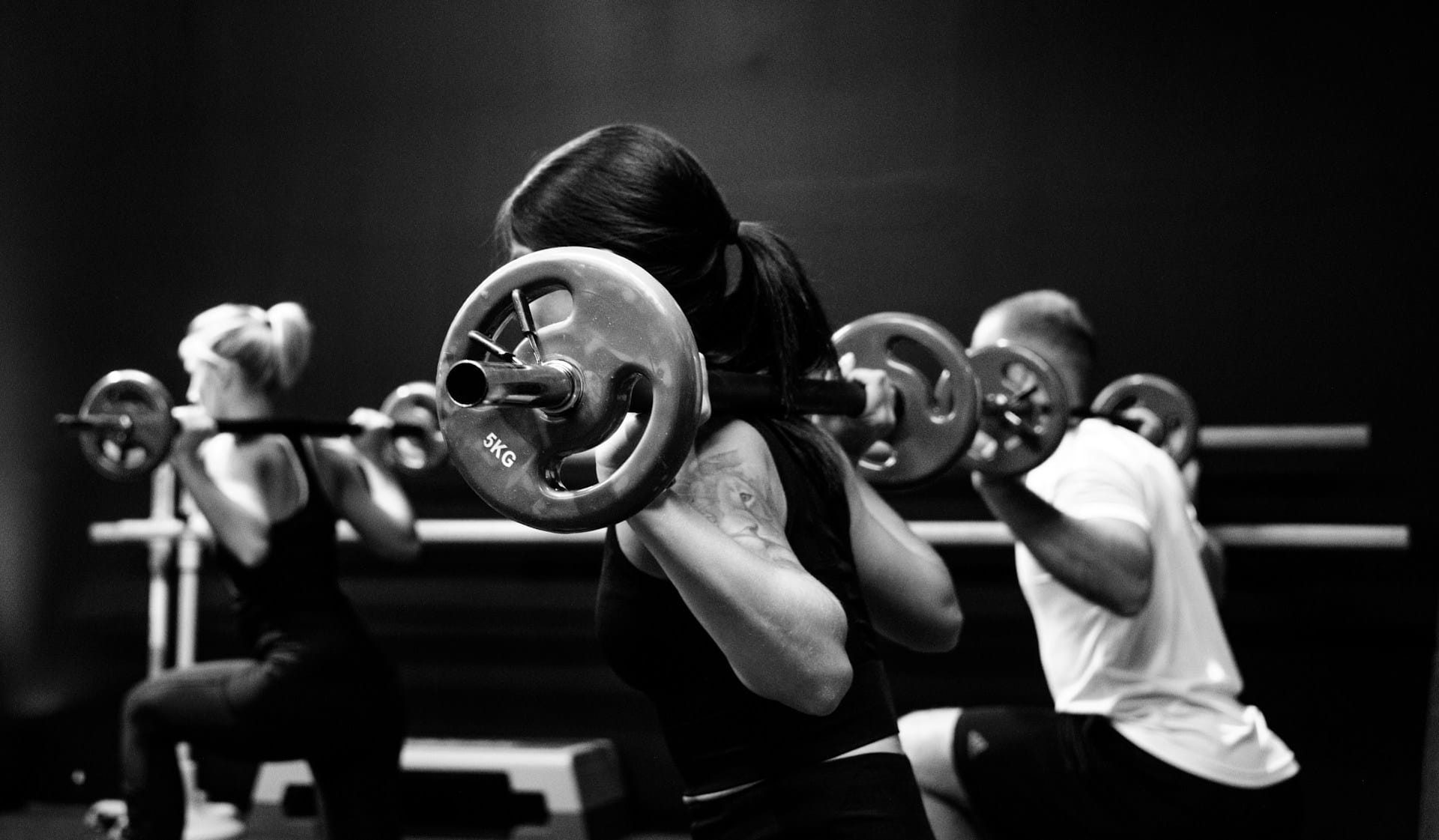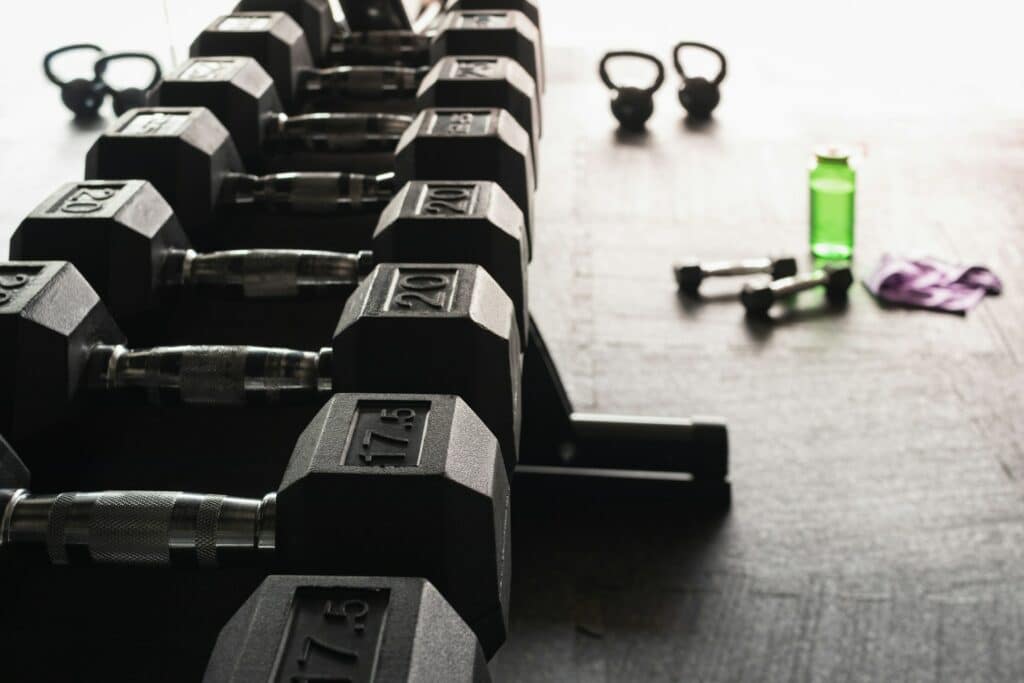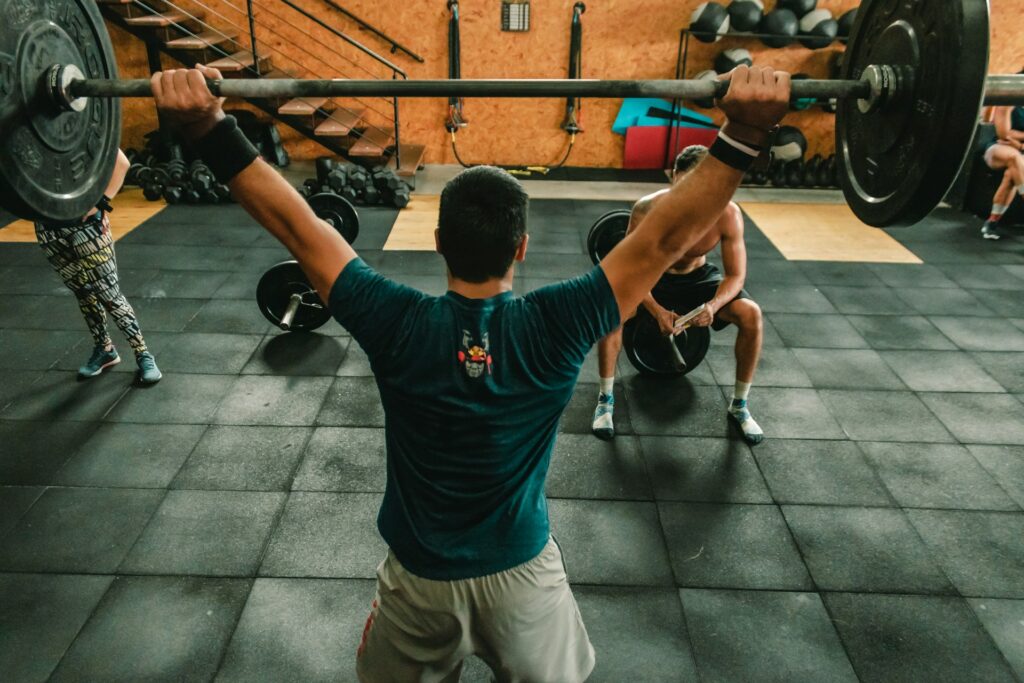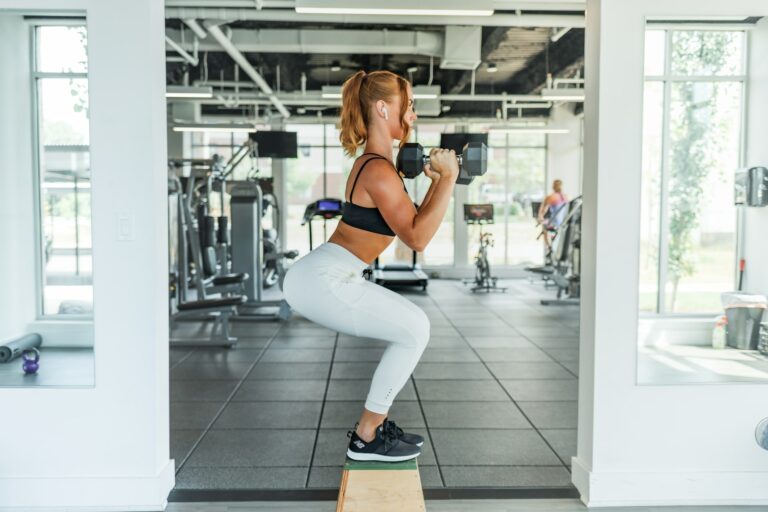The Ultimate Guide to Creating Your Training Routine

- Should You Train To Muscle Failure Every Set? What You Need To Know - March 4, 2025
- Nutrition in a Hurry: Top Post-Workout Snacks for Active People - February 20, 2025
- 15 Healthy Meal Prep Recipes: Your Weight Loss Made Easy - February 18, 2025
Welcome to “The Ultimate Guide to Creating Your Training Routine.” In this comprehensive article, you’ll find all the essential steps and expert tips you need to develop a personalized workout plan that fits your unique goals and lifestyle. From assessing your fitness level to selecting the right exercises and setting realistic goals, this guide will empower you to take control of your fitness journey and achieve impressive results. Whether you’re a beginner or looking to refine your existing routine, you’ll discover practical advice and motivational strategies to help you stay committed and enjoy the process. Get ready to transform your fitness routine and see the amazing benefits of staying active and healthy. Have you ever wondered how to create the perfect training routine that suits your personal goals and lifestyle? With the myriad of workout plans available online, it can often be overwhelming to know where to start. Well, fear not! This ultimate guide will walk you through the steps to create a customized training routine that balances your unique needs, preferences, and objectives. By the end of this guide, you’ll have all the tools you need to design a regimen that fits seamlessly into your life and brings you closer to achieving your fitness goals.

Understanding Your Fitness Goals
Before diving into the nitty-gritty of exercise routines, it’s essential to identify what you want to achieve. Your goals will shape the types of workouts and the structure of your training regimen. Common fitness goals include:
- Building Muscle
- Losing Fat
- Improving Endurance
- Enhancing Flexibility
- Boosting Overall Health
Take a moment to reflect and write down your primary objectives. Knowing why you’re training will keep you motivated and help you tailor your routine to meet these specific targets.
Defining SMART Goals
For your training routine to be effective, setting SMART goals (Specific, Measurable, Achievable, Relevant, Time-bound) is critical. Here’s how you can break it down:
- Specific: Clearly define what you want to accomplish (e.g., “I want to lose 10 lbs”).
- Measurable: Ensure your progress can be tracked (e.g., “I’ll track my weight weekly”).
- Achievable: Set realistic targets considering your current fitness level.
- Relevant: Align your goals with your overall objectives (e.g., “Losing weight will improve my overall health”).
- Time-bound: Establish a deadline (e.g., “I aim to lose 10 lbs in three months”).
By setting SMART goals, you establish a clear and concise roadmap toward your desired outcome, making it easier to stay committed.
Assessing Your Current Fitness Level
Before you jump into creating your training plan, it’s essential to assess where you currently stand. This assessment will guide you in selecting the appropriate exercises and intensity levels for your workouts.
Methods for Assessment
- Body Composition: Use tools like a scale, body fat calipers, or a body composition analyzer to measure your weight and body fat percentage.
- Strength: Test your one-rep max or how much weight you can lift in one repetition for major lifts like the bench press, squat, and deadlift.
- Endurance: See how many push-ups, sit-ups, or how long you can hold a plank.
- Cardiovascular Fitness: Measure your recovery heart rate after a 3-minute step test or observe how long it takes for your heart rate to return to normal after a run.
Recording and Tracking Progress
Keeping a fitness journal or using a fitness app to log your baseline fitness levels enables you to monitor improvements over time. Here’s a sample table you can use to track your progress:
| Assessment Type | Initial Result | Goal | Date Achieved |
|---|---|---|---|
| Body Weight | 180 lbs | 170 lbs | |
| Body Fat Percentage | 25% | 20% | |
| Bench Press 1RM | 150 lbs | 175 lbs | |
| 5K Run Time | 30 minutes | 25 minutes |
With this information in hand, you’ll be able to adjust your routine as needed and stay motivated by celebrating your progress.
Designing Your Training Routine
Now that you have your goals and understand your current fitness level, it’s time to design your training routine. This section will break down the essential components you need to include for a balanced and effective workout plan.
Types of Exercises
Your routine should incorporate a mix of exercises to target different aspects of fitness. These include:
- Strength Training: Focuses on building muscle mass and strength. Examples include weightlifting, resistance bands, and bodyweight exercises.
- Cardio: Aims to improve cardiovascular health. Examples include running, cycling, swimming, and HIIT (High-Intensity Interval Training).
- Flexibility: Enhances your range of motion. Examples include stretching, yoga, and Pilates.
- Balance and Stability: Improves your coordination and core strength. Exercises include balance board exercises and certain Yoga and Pilates moves.
Structuring Your Week
When planning your weekly routine, consider both your goals and available time. Here’s a sample weekly structure for a balanced routine:
| Day | Activity |
|---|---|
| Monday | Strength Training |
| Tuesday | Cardio + Flexibility |
| Wednesday | Strength Training |
| Thursday | Cardio + Flexibility |
| Friday | Strength Training |
| Saturday | Active Recovery |
| Sunday | Rest Day |
Exercise Selection
Choose a variety of exercises that target different muscle groups to ensure a well-rounded workout. Here’s a simple breakdown:
Strength Training
- Upper Body: Bench press, push-ups, pull-ups, dumbbell rows
- Lower Body: Squats, deadlifts, lunges, leg press
- Core: Planks, Russian twists, bicycle crunches, hanging leg raises
Cardio
- Low-Intensity Steady State (LISS): Walking, light jogging, swimming
- High-Intensity Interval Training (HIIT): Sprints, circuit training, metabolic conditioning workouts
Flexibility
- Dynamic Stretches: Leg swings, arm circles, walking lunges
- Static Stretches: Hamstring stretch, quad stretch, shoulder stretch
Balance and Stability
- Core-Focused: Stability ball exercises, Bosu ball squats
- Functional Exercises: Single-leg deadlifts, balance board planks
Creating Workout Splits
Deciding how to divide your workouts throughout the week is crucial. Here are a few common splits:
- Full Body Workout: Training all major muscle groups in one session (2-3 times per week).
- Upper/Lower Split: Alternating between upper body and lower body workouts (4 days a week).
- Push/Pull/Legs: Dividing workouts into pushing movements (chest, shoulders, triceps), pulling movements (back, biceps), and legs (3 days a week).
Choose a split that best matches your goals, time availability, and recovery capacity.
Tailoring Intensity and Volume
The next step is to adjust the intensity and volume of your workouts to match your fitness level and goals.
Determining Intensity
Intensity refers to how hard you work during exercise. It’s often measured by:
- Weight: The amount of resistance used.
- Heart Rate: How fast your heart is beating.
- Perceived Exertion: Subjective measure of how hard you feel you’re working.
A good rule of thumb is the RPE (Rate of Perceived Exertion) scale from 1 to 10, where 10 is maximum effort and 1 is minimal effort.
Setting Volume
Volume refers to the number of sets and repetitions you perform. Here are general guidelines based on your goals:
- Building Muscle: 3-6 sets of 6-12 repetitions with moderate to heavy weight.
- Strength Gains: 3-5 sets of 1-6 repetitions with heavy weight.
- Endurance: 2-3 sets of 15-20 repetitions with light to moderate weight.
Progressive Overload
To continue making progress, you must gradually increase the intensity or volume of your workouts. This principle is known as progressive overload. Methods to apply it include:
- Increasing Weight: Add more resistance as you get stronger.
- Increasing Reps: Do more repetitions with the same weight.
- Increasing Sets: Add more sets to your routine.
- Improving Form: Enhance your technique and range of motion.
By consistently challenging your body, you’ll ensure continual improvement and avoid plateaus.

Prioritizing Recovery
Recovery is just as crucial as the workouts themselves. Without proper recovery, you risk injury and stagnation.
Importance of Rest Days
Rest days are essential for muscle repair, hormonal balance, and mental recovery. Make sure to schedule at least one full rest day per week.
Active Recovery
Active recovery involves low-intensity activities that promote blood flow and aid in recovery. This could include:
- Walking: A low-impact exercise that keeps you moving without strain.
- Yoga: Enhances flexibility and promotes relaxation.
- Foam Rolling: Helps release muscle tightness and improves circulation.
Sleep and Nutrition
- Sleep: Aim for 7-9 hours of quality sleep per night to allow your body to repair and grow.
- Nutrition: Consume a balanced diet rich in proteins, carbohydrates, fats, vitamins, and minerals. Hydration is also crucial.
Monitoring and Adjusting Your Routine
Your training routine should be dynamic, evolving as you progress and your goals change.
Keeping Track of Your Workouts
Logging your workouts helps you see patterns and make necessary adjustments. Use a journal or app to record:
- Exercises performed
- Sets and reps completed
- Weights used
- Duration and intensity of cardio sessions
- Notes on how you felt during and after the workout
Evaluating Progress
Regularly review your goals and assess your progress:
- Monthly Reviews: Check if you’re hitting your short-term goals and make adjustments if necessary.
- Quarterly Reviews: Evaluate your SMART goals and see if you’re on track to meet your deadlines.
- Yearly Reviews: Reflect on your overall progress and set new goals as needed.
Making Adjustments
Based on your evaluations, adjust your routine by:
- Changing exercises to prevent boredom and plateaus
- Modifying your split to better suit your schedule or needs
- Adjusting intensity and volume if you’re not progressing as expected

Staying Motivated
Keeping your motivation high is vital to maintaining a consistent training routine.
Finding a Workout Buddy
Having a workout buddy can provide accountability, and motivation, to make your workouts more enjoyable.
Setting Short-term Goals
Alongside your long-term goals, set smaller milestones. Achieving these keeps you motivated and gives you a sense of accomplishment.
Varied Workouts
Incorporate variety in your exercises, locations, and routines to keep things exciting. Try new classes, sports, or outdoor activities to mix it up.
Rewarding Yourself
Celebrate your achievements with non-food rewards. Treat yourself to new workout gear, a massage, or a fun day out.
Mindfulness and Mental Health
Exercise not only benefits your physical health but also your mental well-being. Activities like yoga, meditation, and mindful breathing can enhance your overall sense of wellness and sustain your motivation.
Conclusion
Creating your own training routine is a powerful way to take control of your fitness journey. By understanding your goals, assessing your current fitness level, and carefully planning your workouts, you can craft a regimen that’s tailored to your unique needs. Remember, consistency is key, and regular adjustments based on your progress and feedback will keep you on the path to success. Stay motivated, prioritize recovery, and enjoy the process of becoming a healthier, stronger version of yourself!
Table of Contents







